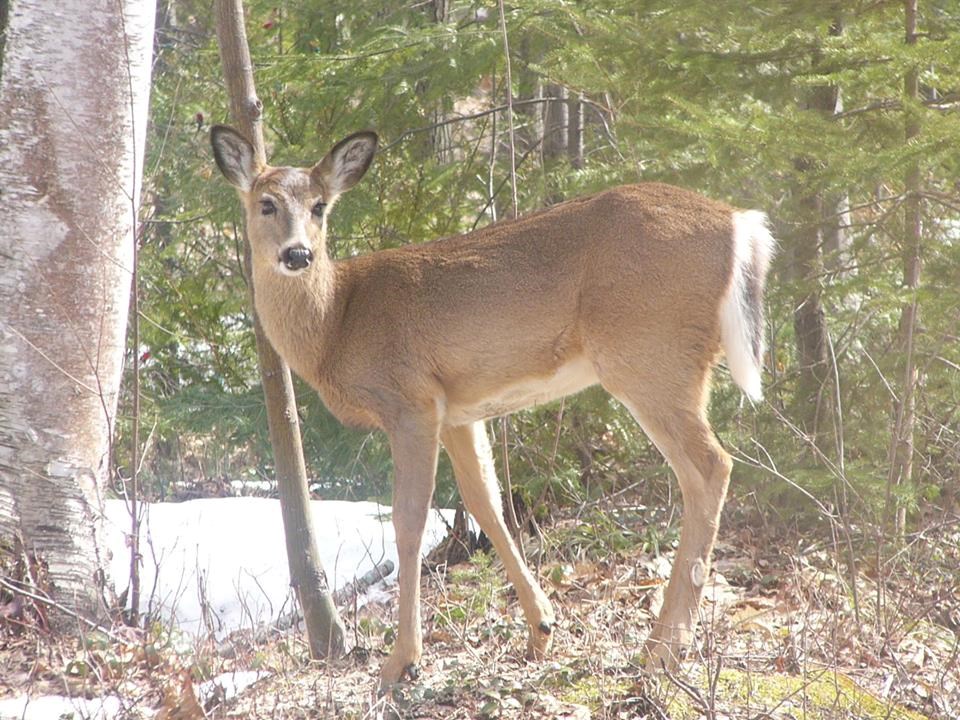THUNDER BAY — The Ministry of Natural Resources and Forestry is monitoring the spread of Chronic Wasting Disease in jurisdictions neighbouring Ontario amid signs that CWD is expanding in the deer population.
CWD is a progressive, fatal nervous system disease that can infect white-tailed deer, mule deer, moose, elk and reindeer.
It has never been confirmed in people but is similar to mad cow disease which crossed species and has killed humans. Some scientists believe it is just a matter of time before CWD crosses to humans.
The disease has the potential to decimate deer herds.
Infected animals may lose weight and exhibit abnormal behaviour such as indifference to the presence of humans. They may also suffer from tremors, stumbling, a lack of coordination or paralysis.
In Canada, CWD has only been found to date in Saskatchewan, Alberta and—most recently—in Quebec.
However, MNRF spokesperson Jolanta Kowalski says if it spreads to Ontario deer herds it could have a significant impact on wildlife and the economy.
"Hunting and fishing are critical to the Ontario economy, so it's in everyone's best interest that we keep this disease out," Kowalski told Tbnewswatch.
The ministry has conducted a surveillance program for CWD annually since 2002.
Areas selected for surveillance are determined by using a model that shows which parts of the province are at highest risk.
Risk factors that are considered include deer population density, the presence of deer and elk farms, habitat and land use, winter deer feeding, and elk re-introduction areas.
MNRF technicians remove a small amount of tissue from the heads of harvested deer in surveillance areas for analysis in a lab.
In 2018, testing was conducted in southwestern Ontario and eastern Ontario.
CWD was detected last year in Quebec farm deer, close to the Ontario boundary, so the ministry "took immediate action to reduce the risk" by adding surveillance to that part of the province, Kowalski said.
Tissue samples were taken from 300 deer in eastern Ontario last fall, and all tested negative.
Kowalski said the MNRF is keeping close tabs on the situation in states such as Minnesota and Wisconsin.
Wild deer with CWD have been confirmed in southeastern Minnesota, but the problem is more severe in Wisconsin. According to a published report, in some counties there, more than half the deer population carries CWD.
Kowalski noted that, in addition to surveillance for the disease, Ontario prohibits importing high-risk parts of carcasses and bans the use of products that contain bodily fluids from any hoofed animal.
"We've been on top of this for many years, and we are very vigilant," she said. "So far, so good."
Kowalski said that, to the best of her knowledge, CWD surveillance has not been conducted in northwestern Ontario so far.
